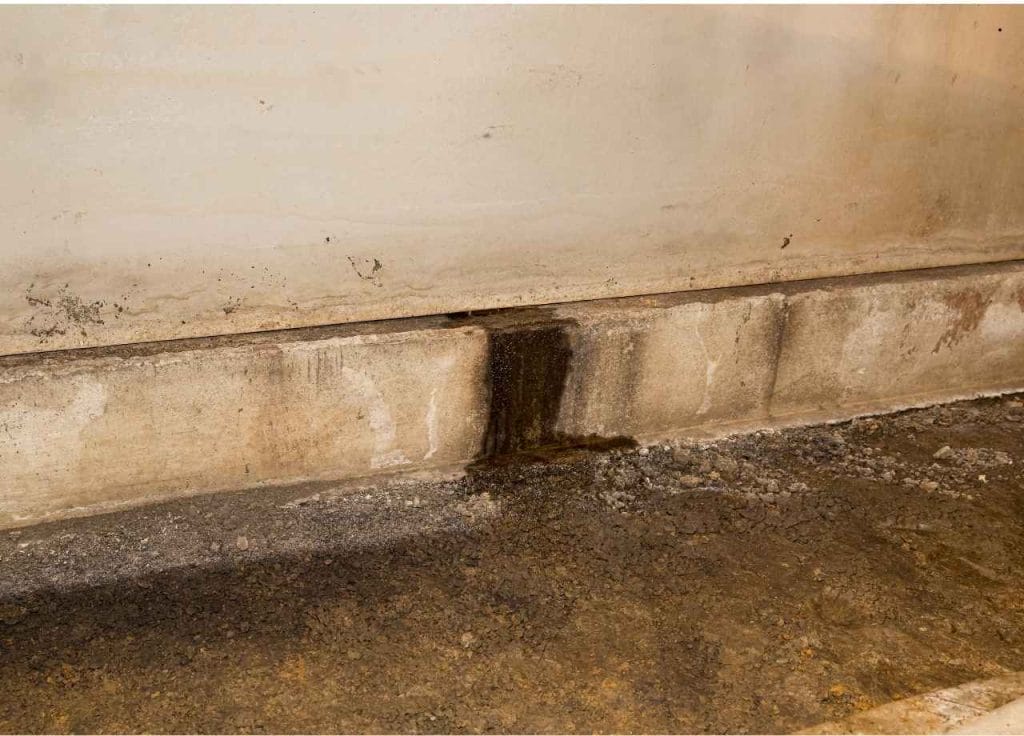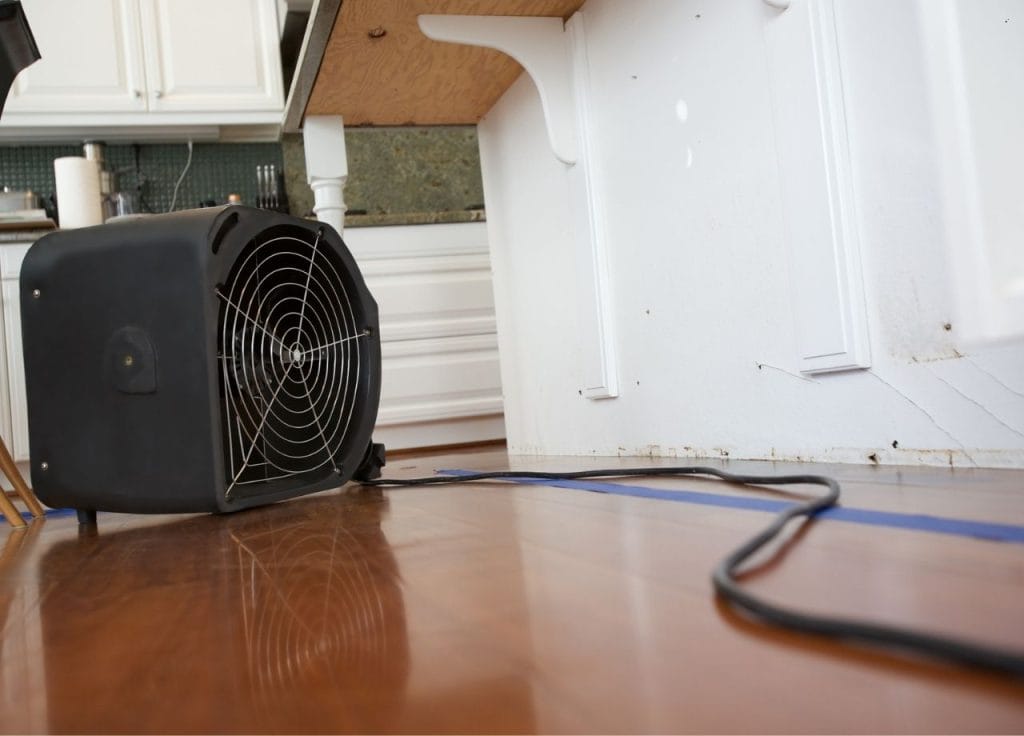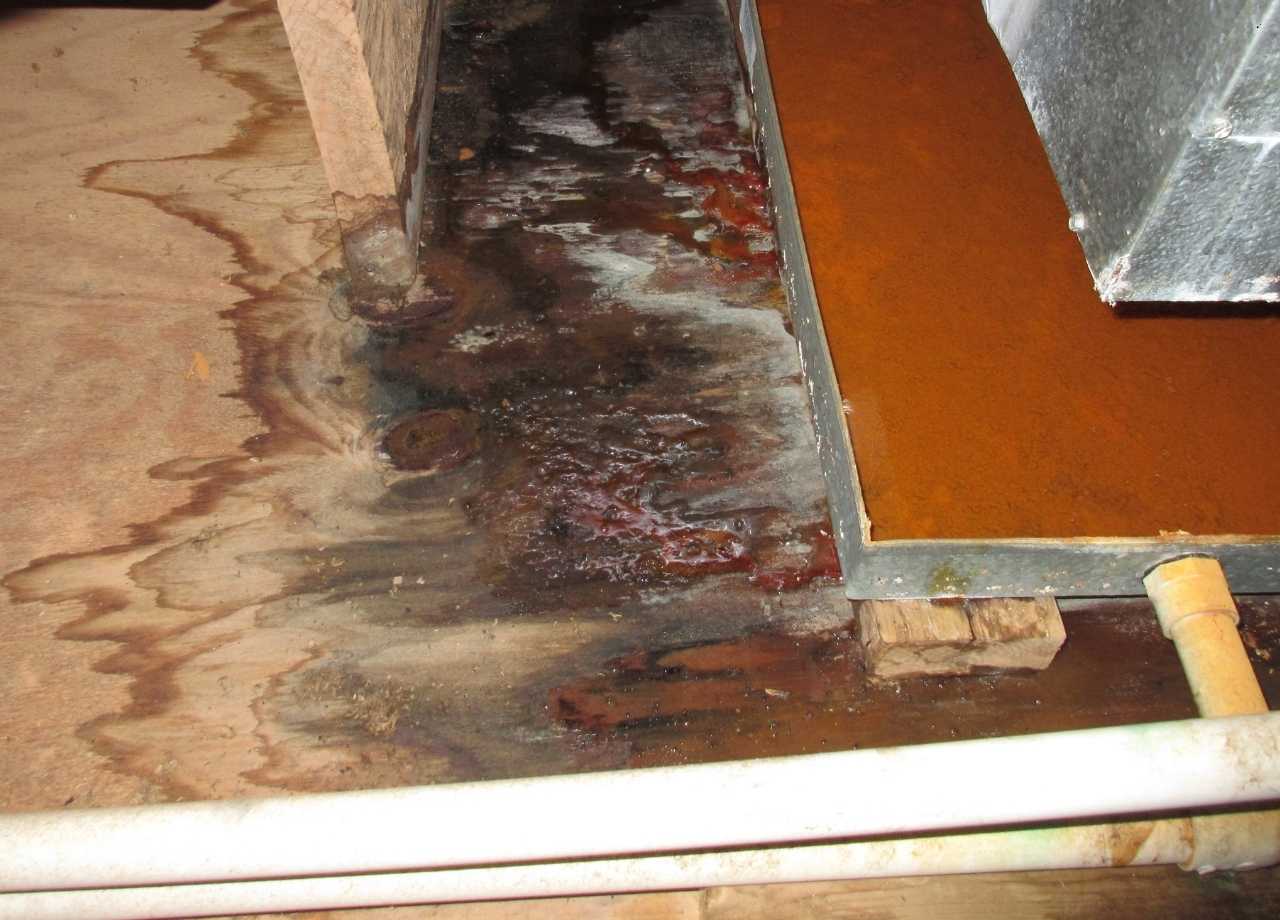Water damage isn’t a one-size-fits-all problem. In the restoration industry, professionals classify it into three primary categories—Clean, Grey, and Black—based on contamination levels and associated health risks. At First Coast Contracting, we understand why distinguishing between these categories informs responses and restores homes efficiently and safely, especially under insurance timelines. Here’s a deep dive into each category, how they’re identified, and what appropriate actions look like.
Table of Contents
Clean Water Damage: What You’re Likely to See First
Clean water damage typically originates from domestic sources: burst supply lines, leaking faucets, or malfunctioning appliances like dishwashers. While it may cause swelling in drywall, staining, or musty odors after several hours, clean water is non-toxic and poses limited immediate health risk.
The immediate response includes shutting off water, ventilating affected areas, and drying surfaces within 24–48 hours to prevent mold growth. Standard procedures involve extraction using wet-dry vacuums, dehumidifiers, and air movers. Surfaces like hardwood floors may only require drying and conditioning, though repeated exposure can warp boards or delaminate laminates over time. Temporary removal of affected drywall sections may be necessary if water has traveled behind walls or into insulation.
Though it sounds simple, addressing clean water damage accurately prevents it from escalating into a more dangerous category. Failing to remove moisture quickly can allow bacteria or mold to proliferate, leading to grey or black water contamination.
Grey Water Damage: Hidden Dangers
Grey water contains a higher level of contaminants, which pose moderate health risks if exposure is prolonged. Common sources include dishwasher or washing machine overflows, toilet bowls (without fecal matter), or water from sump pumps. While not as hazardous as black water, grey water can contain chemicals, food particles, or trace amounts of pathogens.
Even though grey water might appear harmless, restoration requires more than just drying surfaces. Cleaners and disinfectants become essential. Restoration teams must treat floors, cabinets, drywall, and other porous materials with antimicrobial agents to kill bacteria and inhibit mold.
Porous materials—like upholstered furniture, carpet padding, gypsum board, and insulation—often need removal and replacement due to the risk of hidden pathogens. Non-porous surfaces (e.g., tile or metal) can often be restored through thorough cleaning. Documenting damage is essential for insurance purposes, especially when replacing materials is necessary.
At this stage, calling a professional crew becomes especially important. DIY attempts may overlook pockets of contamination behind baseboards or within wall cavities. We offer detailed assessments to ensure that restoration extends from surface cleanup to returning indoor air quality to safe levels.
Black Water Damage: Severe Contamination and Risk
Black water represents the most severe category of water damage. Typically, it includes sewage backups, floodwater from rivers or storm drains, and stagnant water that contains bacterial, viral, or chemical hazards. It can also arise from prolonged grey water that hasn’t been treated promptly. In homes, backflow from toilets into showers, basement drains, or sump pits often turns water into black water.
Because of the pathogenic organisms present, black water poses risks such as gastrointestinal illnesses, respiratory infections, and skin infections. Guidelines for handling black water and contaminated materials are strict and designed to protect both occupants and clean-up crews. Restoration requires use of personal protective equipment (PPE)—gloves, masks, gowns—and specialized gear like negative air machines and HEPA-grade air scrubbers to prevent cross-contamination.

The restoration process begins with total extraction of standing water, followed by controlled demolition of all affected porous materials, including drywall, insulation, carpet padding, furniture, and carpeting itself. Structural elements may need cleaning and disinfection, then drying. Restoration experts may opt to replace rather than attempt to salvage materials that were submerged. After removal, ceilings, walls, and exposed areas undergo cleaning with EPA-registered biocides and broad-spectrum disinfectants.
Surfaces are tested and monitored to ensure microbial levels return to safe baseline. This often involves swab and air sampling, with results guiding reinstallation of new materials and confirming the site is safe for replacement. The turnaround for black water restoration can take days or weeks, depending on the extent of damage and drying requirements.
Why Classification Matters
Labeling water damage simply as “wet floor” overlooks the potential for escalating hazards. Each category requires different tools, procedures, and protective standards. A misdiagnosis can prolong drying time, increase restoration costs, and lead to health issues, mold outbreaks, or secondary deterioration like structural rot. Proper classification also affects insurance coverage and liability—clean water damage might be covered fairly comprehensively, while black water may be contested or require additional rider coverage.
Identifying the Transition Between Categories
Have you ever noticed brownish water from your washing machine overflow? That indicates grey water due to detergents, lint, and food residue. If left unaddressed beyond 48 hours, it can bloom microbes and become black water. Similarly, time and conditions dictate classification: dirty water that stands long enough becomes a breeding ground for fungi, bacteria, and microbes.
Professionals use moisture meters and hygrometers to monitor environmental conditions. When humidity levels and moisture readings stay elevated past recommended thresholds, even initially clean water may become unsafe. This data helps inform whether materials can be salvaged or need replacement.
Safety Measures for Homeowners
Even when dealing with seemingly minor leaks, assume the worst. Use disposable gloves and eye protection when handling any contaminated water. Ensure proper ventilation. Discard water-damaged textiles unless you’re certain they were exposed only to clean water and dried quickly.
Never use fans to spread air across a contaminated area without using HEPA filtration. Air circulation can distribute harmful spores through vents and drywall cavities. Always isolate the affected area from living spaces and seal doorways and vents during black water cleanup.
When to Call Restoration Professionals
Time is critical. Thorough clean-up within the first 24 hours of clean water damage can prevent mold/mildew colonization. When grey water lingers beyond 48 hours, or any black water event occurs, professional intervention is essential. We provide rapid response to assess classification, set up containment barriers, execute extraction and drying, and handle the rebuilding phase—while documenting each step for your insurance.
Prevention Strategies and Maintenance
Addressing water damage also means working to prevent it. Clean water leaks are often preventable with regular inspection of common sources: hoses, valves, appliances, and HVAC systems. Installing water sensors and automatic shut-off valves in high-risk areas helps intercept leaks early.
For sump pumps, backflow valves, and crawl spaces, annual checks, cleaning, and occasional upgrades can minimize grey and black water incidents. Where flooding is a risk, elevation of utilities, grading, sealants, and permanent drainage installation provide protection.
Residential Case Examples
Case 1: Burst Supply Line (Clean Water)
A second-floor bathroom spigot burst, sending clear, cold water into cabinets and wall areas. We secured the source, removed baseboards, dried wall studs and subflooring using air movers, and installed a dehumidifier. Drying levels dropped below industry moisture thresholds within 48 hours. With no structural compromise, only cosmetic drywall touch-up and repainting were needed.

Case 2: Washing Machine Overflow (Grey Water)
A clogged hose caused wastewater to spill onto the utility room floor and seep into carpeting. We extracted the liquid, removed the padding, cleaned subfloor with EPA-approved disinfectant, and applied antimicrobial sealants. The carpet cushion was replaced, new baseboards installed, and the room dried within five days.
Case 3: Basement Sewage Backup (Black Water)
Heavy rains overwhelmed city sewers, forcing raw sewage into the basement. Full PPE protocols were followed. We removed all porous materials, set up isolation chambers, and used negative air machines with HEPA filtration. Surfaces were treated with industrial-strength biocides and disinfected. Sampling confirmed readiness for rebuild, which included installing new drywall, carpet, and painted finishes.
How Insurance Handles Each Category
Insurance policies often have clearer guidelines for clean water claims. For grey water, coverage can vary considerably—some policies treat it like clean; others may view it as maintenance-related. Black water damage is often the most contested, with carriers requesting code compliance documentation (e.g. proper backflow valves).
Working with experienced restoration teams helps ensure clear documentation, labeling of water category, moisture readings, and remediation steps. This helps reduce disputes and strengthens claims for homeowner recovery.
Bringing It All Together
Recognizing the difference between clean, grey, and black water damage matters—for health, cost, and the long-term safety of your home. Prompt action, correct categorization, and professional methods make all the difference. When you need help with water damage classification, extraction, drying, disinfection, or reconstruction, First Coast Contracting in Jacksonville stands ready with experienced crews, thorough documentation, and expert rebuilding capabilities to restore your home to full health.




